C4 Carbon is proud, once again, to amaze you with a product characterised by unique features and an unmatched performance.
C4 200 = NO EFFORT
Diving fins featuring a modified biomechanics allowing for minimum energy consumption.
Introduction.
In freediving, performance depends on the amount of energy required to advance while finning. In freediving, the more energy is required by the fins to work, the more effort you will make with less performance and safety. It’s not about being able to use strength, it’s about using less of it.
In water there are no reference points, the bio-mechanical movement of finning, moment by moment, pivots on the induced resistance created by the fins. Effort is a direct consequence of how fins are conceived and how they work moment after moment.
Traditional fins have blades locked and / or glued into the footpockets , so that the blade becomes an extension of the feet. It has been like this for at least 70 years. This has lead to some negative bio-mechanical consequences that result in additional fatigue and a general reduction in performance and safety.
Posture.
When we look at a diver during a vertical ascent from the side, we notice that the blades of traditional fins, protruding beyond the toes, lie on a different plane than the neutral axis of the body (pic. 1). This causes a rotation around the center of gravity which the diver automatically compensates by bending the torso forward and partially flexing the legs (fig. 2).
The “curved” posture of the diver (which can be easily seen in any video of a constant bi-fins record) worsens the form coefficient and increases the front section. Advancing with this posture requires a greater effort. The consequent imbalance of the forward and backward stride is also an element that generates bad muscle performance.
We have designed the 200 with the position of the blade aligned under the metatarsus and not beyond the toes. This allows the diver to naturally keep a straight position, aligned with the direction of movement and his back and forth stride will become perfectly balanced. Simply put, we have prevented resistance due to bad posture.
Hydrodynamics.
Back in 2006, C4 had already applied the principle of aligning the blades under the metatarsus, when it created the Mustang fins. These fins featured the blade inserted inside the foot pocket, generating, as is the case with all traditional fins, a large inflexible area opposing the movement (fig. 3). The cause is an insufficient rotation of the ankle at the end of the stride and a design which was not fully suitable to human morphology.
200 fins are designed “around the man”. The blade is positioned under the metatarsus. The connection shoe-blade is minimal and therefore highly hydrodynamic. The blades feature a controlled curvature close to the foot.
By effectively eliminating the “traditional” resistant surface, the 200 allow the biomechanics of finning to be more agile and not very tiring.
The mass.
We use an important amount of energy to move the mass (weight) of the fins. The required force is directly proportional to the mass (weight) as demonstrated by Newton with the second law of dynamics F = m x a.
The finning movement is an alternating motion, a complete cycle of the two legs involves 4 reversals of direction. With each inversion, our muscles must accelerate the masses to be put back into the reverse movement.
Finning with footpockets weighing hundreds of grams is very different from using footpockets like the 200 that weigh half or even a third of traditional ones.
The 200 footpockets, weighing 189gr in size 42-43, are by far the footpockets with the least mass (lighter) in the world and, the difference in mass with heavier shoes, multiplied by 4 and by the number of finning movements performed in a day, result in hundreds and hundreds less kilograms that have to be moved.
The result is less effort: it’s mathematical.
Do not forget that a neutral balance in water CANNOT cancel the mass to be moved, physics prevents it.
Let’s also not forget that by using less plastic we are also polluting the seas less. Reducing the weight of the footpockets by half or a third is, in this respect, also a very good result.
Customisation.
For all these properties to work at their best, the fins must adapt to our personal physical features. The best sports equipment feature superior performance mainly because of the possibility of customisation and adjustment.
The extension of the ankle and foot joints, the muscle mass, the physical dimensions of our joints and our habits, are all very different. Thinking that a one-size-fits-all solution is optimal for everyone makes no sense.
The 200 footpockets feature, for the first in the world, the possibility of adjustment.
The blades, placed under the metatarsus, can be easily adjusted to three distinct positions (H / M / S) to balance the stride. The derived adjustment is sensitive and can be easily felt.
Of the three possible positions, there is not a best position, no instructor will be able to tell us which position to adopt. Only by trying you will find the most balanced and it will be the one that will make you struggle less and it will feel as the more “agile”.
While finning, you may feel a different “hardness” of the blades, because the lever arm which you are using will be different, but the blades will not be able to “push more or less” because their mechanical properties will remain the same.
Reliability.
The 200 series fins have been tested for over 18 months by an international team of divers and in C4 testing lab, by applying three times the force of humans with fatigue tests of over 1.6 million complete cycles.
Two longitudinal fixing screws, with the interposition of a polyurethane “shock absorber” between the blades and shoes, allow quick assembly and protect the blades from abnormal stress.
The 200 feature specifically designed blades, not interchangeable with the other existing C4 or models from the competition. The attachment of the blades is very small, so the area is mechanically highly stressed. The blades of other models, not specifically designed for this use, do not have sufficient strength. Using other blades on the 200 footpockets is therefore highly NOT recommended.
The manufacturing technology.
The 200 footpockets are manufactured with two distinct materials: A soft, thin and ultra resistant TPE is over-moulded on a rigid sole made in PP.
The upper material is softer (65 ShA) for sizes 36/37, 38/39 and 40/41 and slightly stiffer (74 ShA) for sizes 41/42, 42/43, 43 / 44 and 44/45 to guarantee the best comfort and performance.
The 6 threaded brass bushes, that allow to change the blade position, are inserted in the sole during the moulding process. The blade tightening screws also feature an anti-unscrewing thread lock.
3D shaped water rails are applied on the blades by the over-moulding technique developed by C4 specifically for the blades of the 200 series. The O.P.S. (Over-moulding Protection System) of the water rails, protects the blade from impact and damage.
Comfort
The upper of the 200 is made with a resistant and elastic thermoplastic material that gives great comfort and maximum ease of fit. Thanks to the combination of the C4 anatomy and the calibrated thicknesses, the upper is self-modelling, adapting to the shape of the right and left foot.
The foot, in a relaxed position, is inserted without effort in the anatomically pre-shaped footpocket. There are no constrictions or limits to movement.
The rigid plastic insole transmits all the applied energy flawlessly.
Conclusions
The main objective of the 200 project has clearly been to obtain a leap in performance but there are many additional innovative features. These fins do not have a single prevailing feature.
The 200 series feature extraordinary efficiency thanks to the combination of unique characteristics that together profoundly modify the biomechanics of finning.
All our testers have defined the 200 fins “addictive” because of the way they have outperformed traditional fins.
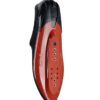


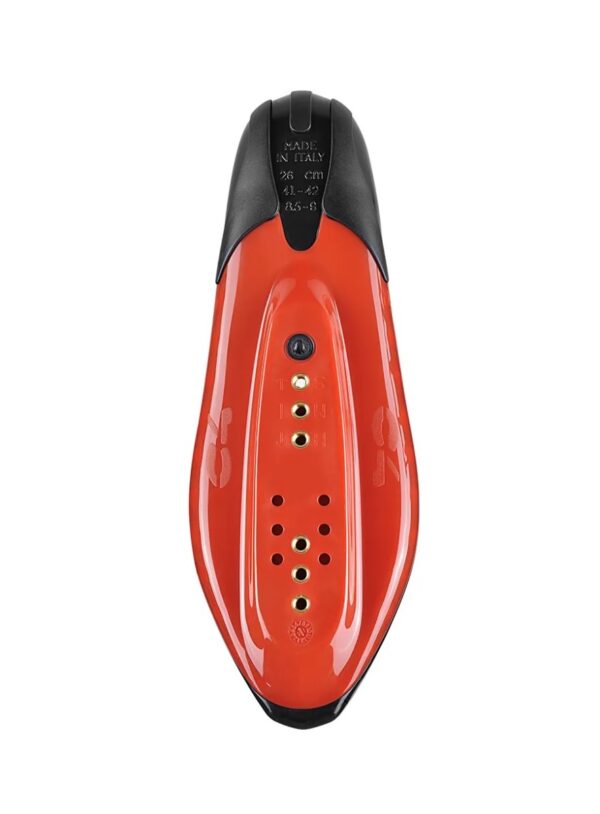
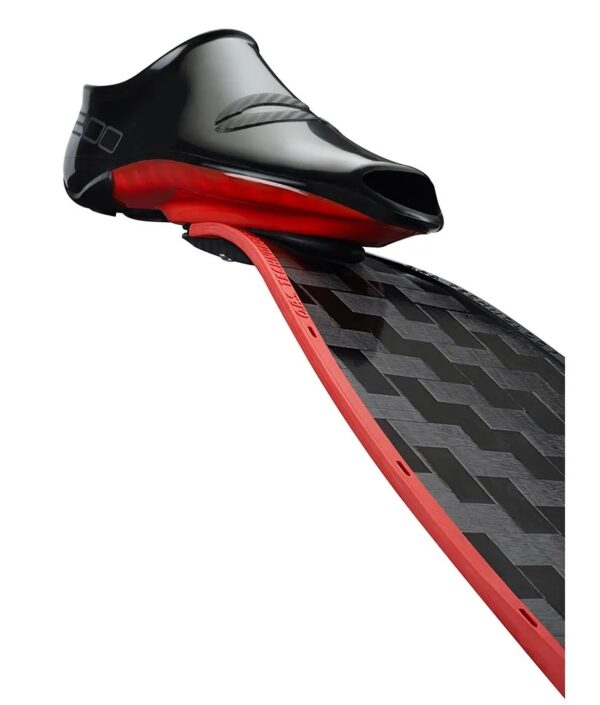
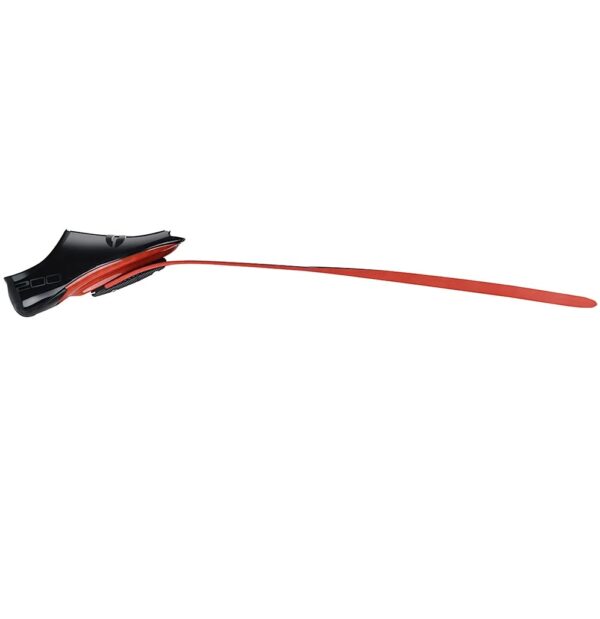
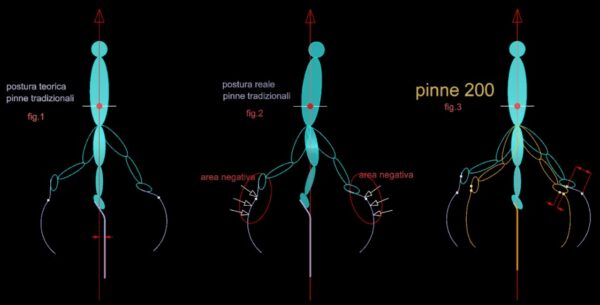
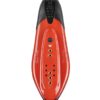
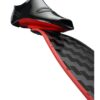
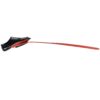
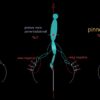

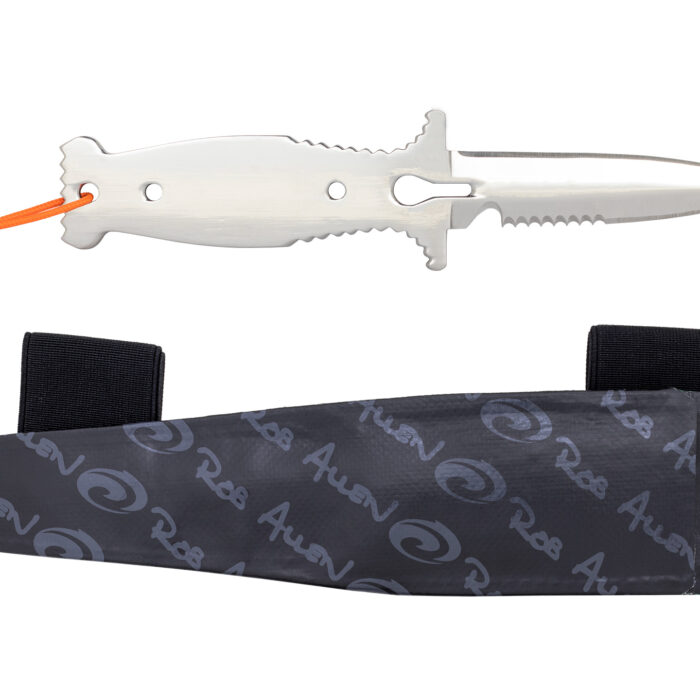
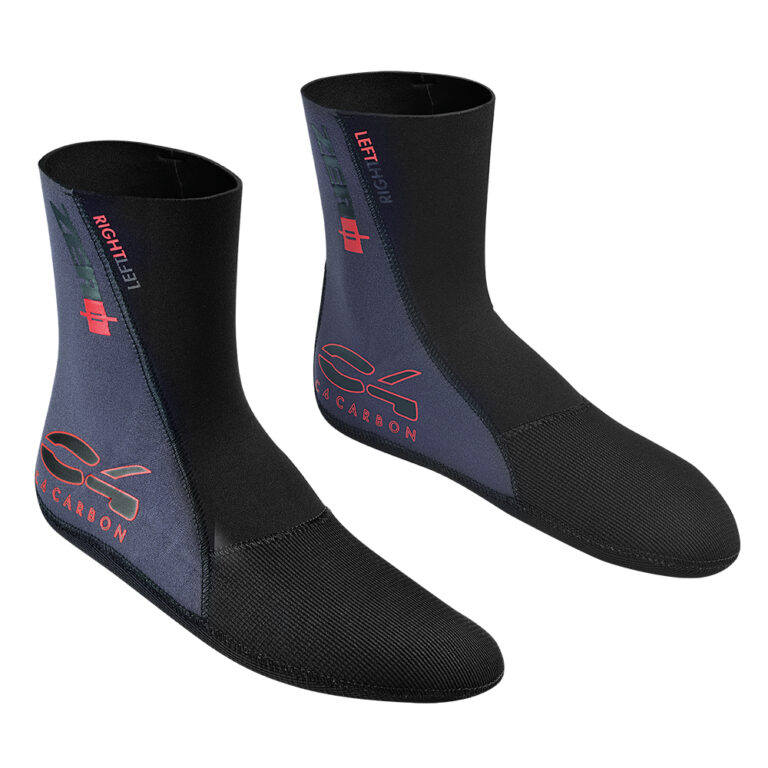
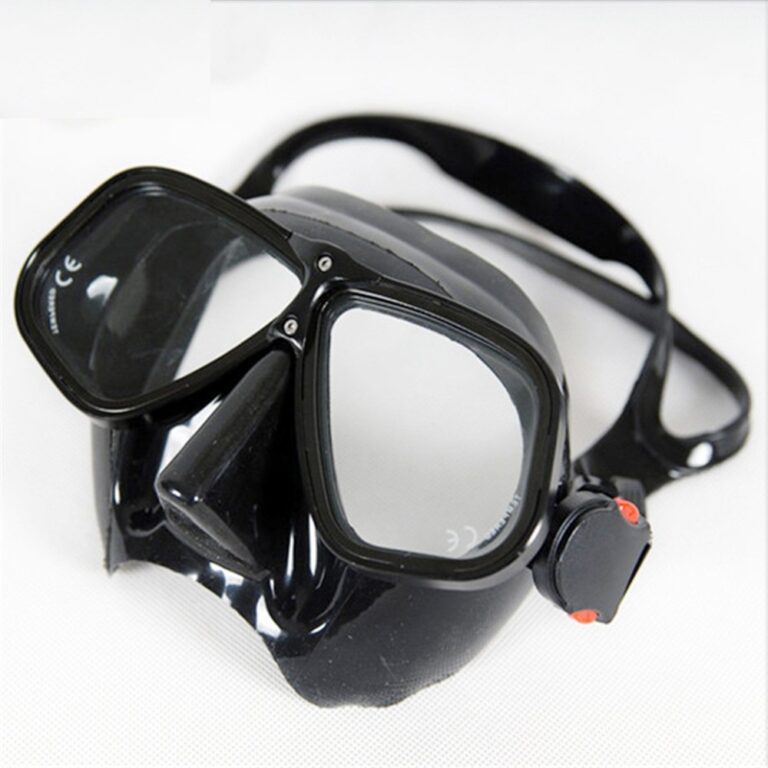
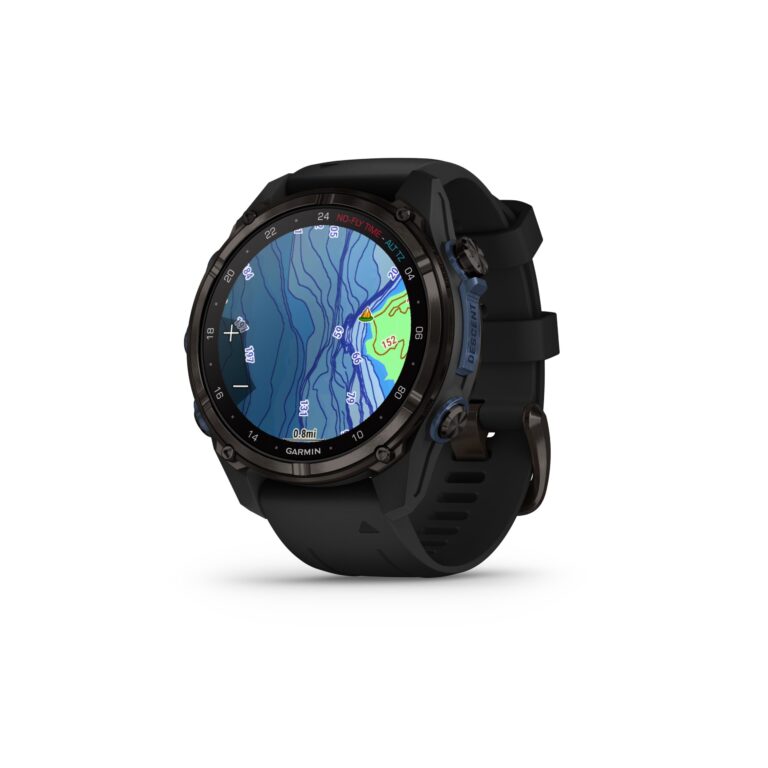
Atsiliepimai
Atsiliepimų dar nėra.